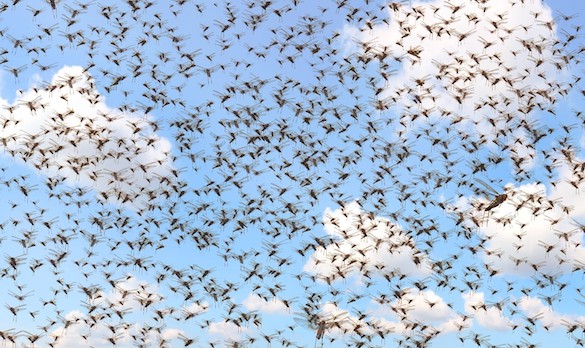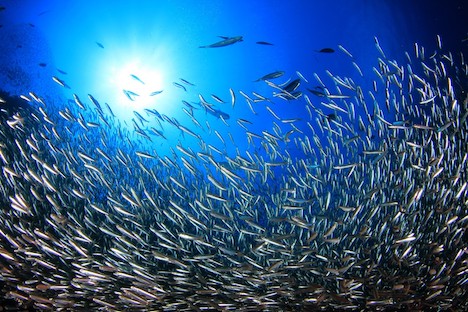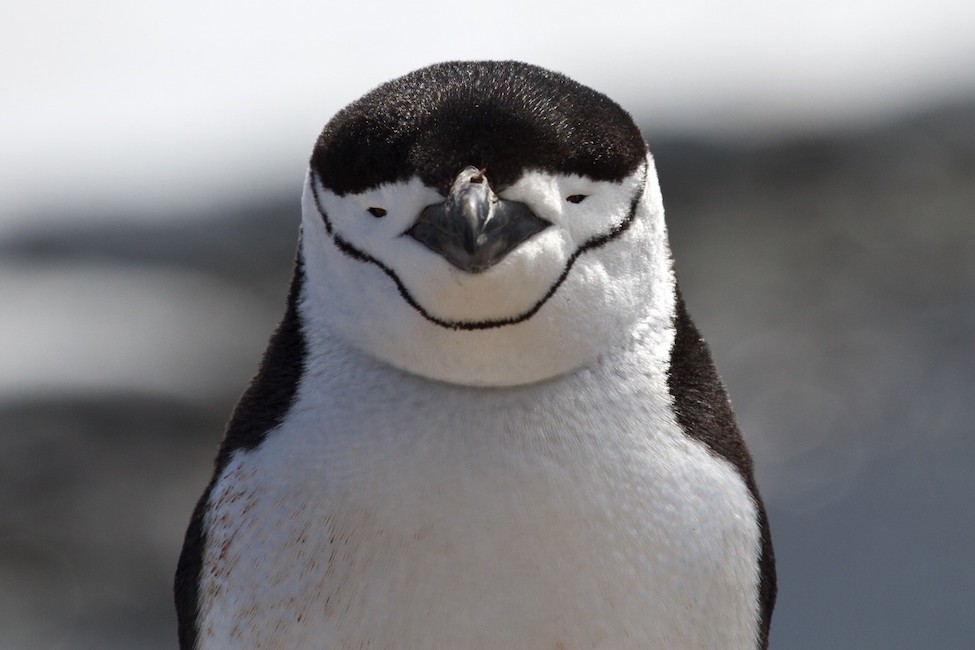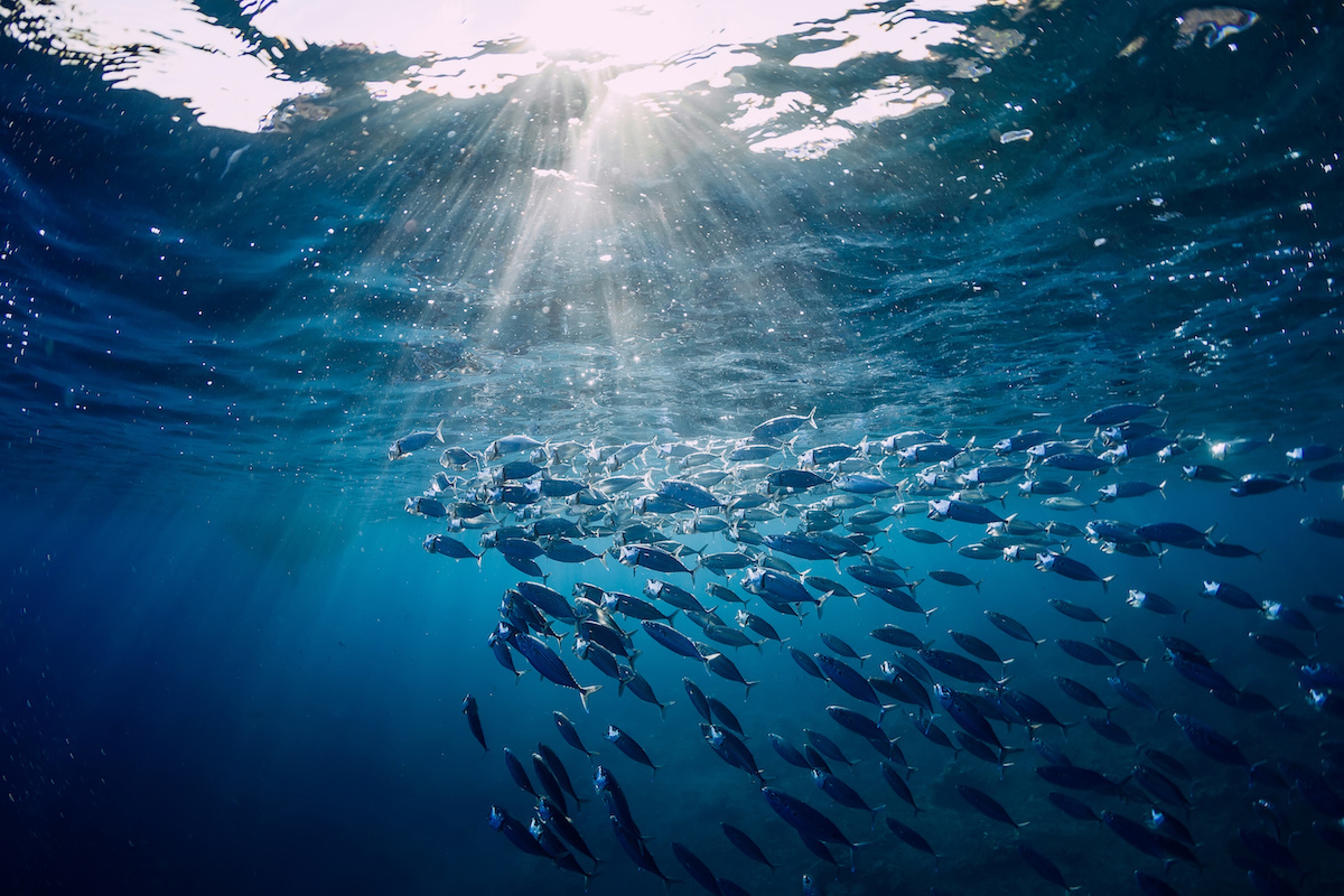Gaggles, Prides & Schools: Largest Animal Gatherings
In the world of animal gatherings, some accumulations of sockeye salmon dwarf the population of our favorite fish.
May 07, 2022
As we mourn the decline of many species, let us take heart, for vast animal gatherings still surround us, sometimes to an astonishing degree. At Vital Choice, we promote careful management of stocks of wild fish, such as our beloved Alaskan sockeye salmon, which fortunately still number in the millions.
But salmon are relatively solitary, and not given to forming vast schools. Overall, on this still-teeming planet, which species gather in the grandest numbers? Let's look, take heart that such wild abundance still exists, and resolve to keep it that way.
Gatherings in Billions and Trillions
Human activity causes the biggBst animal gatherings, and can spell calamity for us in return. The Argentine ant, a stowaway on ships to Europe, built a continuous colony along the Mediterranean coast that runs 3,700 miles underground. Each nest contains billions of ants. The entire colony is home to trillions.
How did this happen? Far from the other aggressive ants back home, this species has tended to conquer and decimate the natives it encounters wherever it goes. Genetically similar ants also have super-colonies in California and on the Japanese west coast. The prolific ants can devastate ecosystems by eating food normally shared by many insect species.

Climate change is a boon to the desert locust. The Horn of Africa has become generally more arid, yet with unusual bouts of heavy rain, and both help the locust breed. In 2020, dense clouds of locusts flew from Ethiopia and Somalia into Kenya, which saw its biggest swarm in 70 years.
In a year of drought and floods, this locust visitation was another disaster for human beings, consuming crops, and pasture. And those swarms may get bigger, with the right conditions such as sudden rainfall leading to overcrowding, inspiring the bugs to find new habitat.
The largest known locust swarm came in 1875, when the Rocky Mountain locust, now extinct, covered 200,000 square miles, stretching from the eastern slope of the Rockies into Iowa, Minnesota, and Missouri, and from the Canadian Prairie provinces to central Texas. Known as “Albert's swarm," after the amateur meteorologist Albert
Child who studied it, it contained an estimated 3.5 trillion locusts. That's 7.5 million tons of locusts.
Birds of a Feather Gather...
The sparrow-sized bird known as the red-billed quelea, sometimes called the “feathered locust," feeds on barley, buckwheat, and sorghum as well as seed grass in the sub-Sahara. When farmers began devoting more land to cereal crops, the quelea population may have grown a hundred-fold in the savannah and grassland. The males weave oval balls of grass for nests, sharing a tree; one tree has been seen bearing 6,000 nests. Peak post-breeding population is estimated at 1.5 billion.
People who see a large flock of the quelea rise from the ground often insist that they've spied the smoke of an oncoming grass fire. As the “smoke" approaches, the synchronized wing-beats sound like high wind. A flock might take five hours to pass overhead.
As with the desert locust, the quelea is rivaled only by an American species that is now gone: the passenger pigeon, which once darkened American skies for days. In 1866, one flock was estimated at more than three billion. Easy prey, they were hunted by early settlers into extinction.
Substantial Schools
Meanwhile below the waves, herring swirl, swarm and rise in vertical clusters to find better currents, escape predators, and perhaps just for fun.

In the sea, the Atlantic herring may hold the biggest parties. Some schools approach four billion fish. As the afternoon light begins to fade, scattered herring spread out in a thin layer near the ocean floor, then, just before sunset, small vertical clusters rise and merge horizontally. From several starting points, the school gathers in a series of waves that merge, collectively moving ten times as fast as any one fish can swim.
Sardines are similarly numerous. That's one reason they are a more sustainable food choice.
Animal Gatherings in the Mere Millions
Near San Antonio, Texas, more than 20 million Mexican free-tailed bats pack themselves into a single cave, creating an interior that looks like a writhing mass.

Imagine seeing two million chinstrap penguins in a cluster on the South Sandwich Islands off Antarctica. These cute birds, white-breasted with blue-black backs, are named for the thin curved line of black feathers under the chin. Their feathers are so thick they are waterproof. At about eight million, the chinstrap is the most abundant penguin in Antarctica.
Look back to Africa for the biggest gathering of hoofed creatures: the Great Migration in Tanzania and Kenya. As many as 1.5 million wildebeest, 350,000 Thomson's gazelle, 200,000 zebra, and thousands of elands and other hoofed animals, all seeking lush seasonal pastures, make a huge loop each year in nature's “Greatest Show on Earth."
No circus could ever compare.
Animal gatherings remind us that we share the earth with magnificent creatures. Individually, each may impress us. In these large groups, they inspire awe, and help keep us humble. We humans number just shy of eight billion...about as many as two or three of those shimmering schools of herring.







